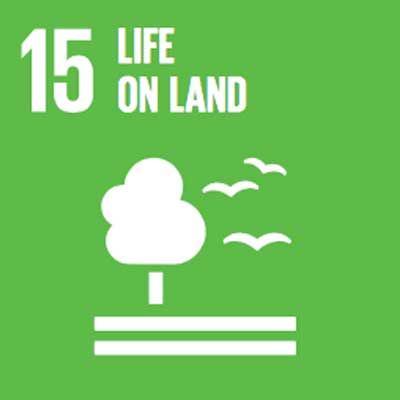Reduced inequalities
Reduced inequalities


Reduced inequalities
The international community has made significant strides towards lifting people out of poverty. The most vulnerable nations – the least developed countries, the landlocked developing countries and the small island developing states – continue to make inroads into poverty reduction. However, inequality persists and large disparities remain regarding access to health and education services and other assets.
There is growing consensus that economic growth is not sufficient to reduce poverty if it is not inclusive and if it does not involve the three dimensions of sustainable development – economic, social and environmental. Fortunately, income inequality has been reduced both between and within countries. At the current time, the per capita income of 60 out of 94 countries with data has risen more rapidly than the national average. There has been some progress regarding creating favorable access conditions for exports from least developing countries as well.
To reduce inequality, policies should be universal in principle, paying attention to the needs of disadvantaged and marginalized populations. There needs to be an increase in duty-free treatment and continuation of favoring exports from developing countries, in addition to increasing the share of developing countries’ vote within the IMF. Finally, innovations in technology can help reduce the cost of transferring money for migrant workers.
By 2030, progressively achieve and sustain income growth of the bottom 40 per cent of the population at a rate higher than the national average.
By 2030, empower and promote the social, economic and political inclusion of all, irrespective of age, sex, disability, race, ethnicity, origin, religion or economic or other status.
Ensure equal opportunity and reduce inequalities of outcome, including by eliminating discriminatory laws, policies and practices and promoting appropriate legislation, policies and action in this regard.
Adopt policies, especially fiscal, wage and social protection policies, and progressively achieve greater equality.
Improve the regulation and monitoring of global financial markets and institutions and strengthen the implementation of such regulations.
Ensure enhanced representation and voice for developing countries in decision-making in global international economic and financial institutions in order to deliver more effective, credible, accountable and legitimate institutions.
Facilitate orderly, safe, regular and responsible migration and mobility of people, including through the implementation of planned and well-managed migration policies.
Implement the principle of special and differential treatment for developing countries, in particular least developed countries, in accordance with World Trade Organization agreements.
Encourage official development assistance and financial flows, including foreign direct investment, to States where the need is greatest, in particular least developed countries, African countries, small island developing States and landlocked developing countries, in accordance with their national plans and programmes.
By 2030, reduce to less than 3 per cent the transaction costs of migrant remittances and eliminate remittance corridors with costs higher than 5 per cent.























